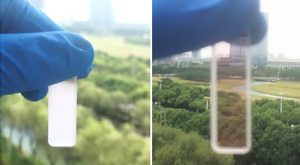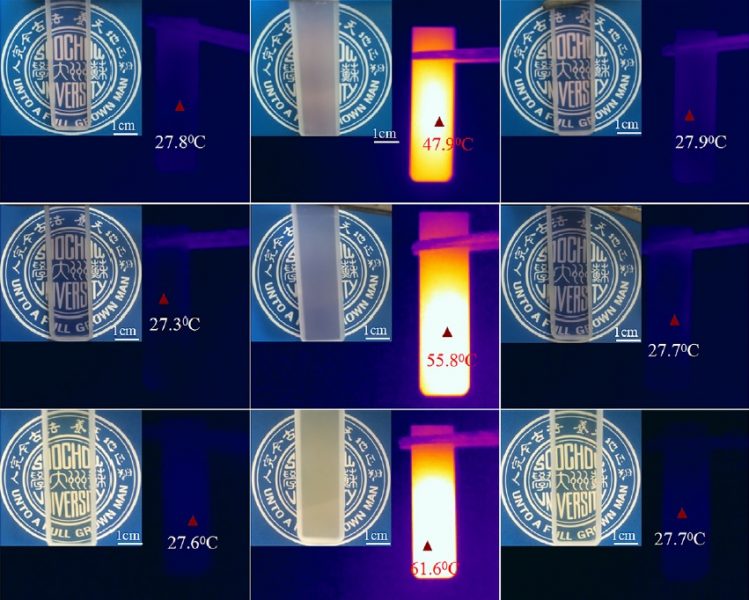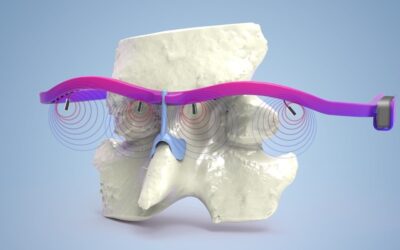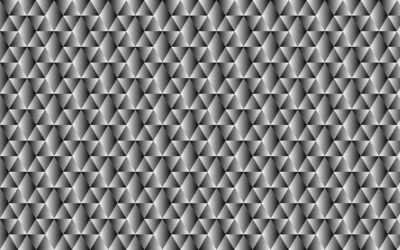Smart windows can adapt their properties in response to environmental conditions, without any manual cue from a human being. They could help a building’s occupants to save a huge amount of energy while keeping indoor climates comfortable. This would dramatically reduce the reliance on air conditioning to maintain the warmth in winter and create cooler temperatures in summer—not despite the heat on the glass, but because of it.
How can this possibly work?

The smart window material becomes opaque under intense sunlight at noon on a 39 degree day in Suzhou, China. When the temperature drops to 30 degrees with cloud cover, the material once again becomes transparent.
The smart window concept is based on the adaptive behavior of thermochromic materials, which change color in response to changes in temperature. Researchers from Soochow University, China, have designed a smart window from a thermochromic material that responds specifically to incident sunlight, without resorting to the external heating or power systems usually required.
Their prototype smart window exploits the known phenomenon of localized surface plasmon resonance (LSPR) from noble metal nanoparticles, to convert photons from ambient sunlight to localized thermal energy. This triggers the thermochromic window to switch from transparent to opaque, blocking further incoming sunlight.
To form the prototype, the researchers mixed gold nanoparticles and commercially available thermochromic compounds in a polymer matrix, creating a coating layer on a glass substrate. Both the color and the temperature at which the window switches from transparent to opaque were found to be controllable, depending on the mix; however, increasing the amount of nanoparticles caused a decrease in visible light transmission of the window, suggesting an optimal mixture exists to achieve the lowest possible switching temperature and the maximum light transmission of the glass in its transparent state.

Different mixtures provide different switching temperatures (infra-red images) and colors (photographs).
The window automatically switches to transparent again when the light falls below a certain level. This reversible switching was highly reliable, without any changes to the response or recovery times after testing for one hundred cycles.
The details of this simple, low-cost method for creating smart windows can be found in this Communication in Solar RRL.
If you’re interested in smart windows and other adaptive technologies, perhaps you’d also like to read these articles:

















